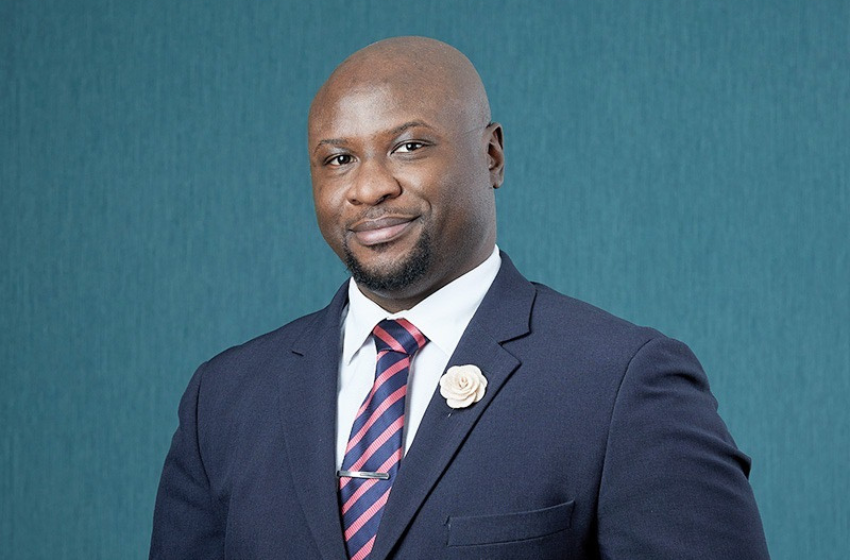
As schools reopen in South Africa, learners tend to miss one critical aspect of their education which is the basics of financial literacy. This goes beyond knowing how to open a bank account; financial literacy involves understanding budgeting, debt, saving and long-term financial planning.
Stian de Witt, executive head of financial planning at advisory firm NMG Benefits, says that parents can play an important role in bridging this education gap, and that this learning can start earlier than we might think. Cambridge University research shows that seven-year-old children can develop a basic understanding of financial behaviour they would need in their adult lives.

Here are some age-appropriate ways in which parents can guide their children to cultivate healthy relationships with money:
Pre-grade R: At this stage, the basic concept that money is exchanged for goods and services can be introduced. Simple strategies include creating a mock store using play money and a toy cash register to simulate transactions, and starting a savings jar to show how putting small amounts away can lead to a reward.
Early primary school: Children in this age group are ready to grasp more structured lessons. Introduce the idea that money is gained through work, assign chores and offer payment in return. Help allocate this payment into categories for spending, saving and giving, and encourage setting short- and long-term goals for each of them. A practical way is having 3 jars of colour: green for savings, orange for spending and red for giving
Pre-teens: As children grow, their financial education can expand to include budgeting and decision-making. The first step is to help formulate a simple budget that differentiates between ‘needs’ and ‘wants’. An understanding of what delayed gratification means can help to curb impulse spending, and opening a savings account will help to instil the basics of banking and interest.
Teenagers: At this age children are ready for more complex financial concepts, including income management and long-term planning, which both impact on how they budget for expenses, savings, and future goals. Consider opening a small investment fund together, to make these lessons tangible. This is also a good time to explain how the interest rate affects both saving and borrowing, and to differentiate between good debt (like a student loan) and bad debt (like a credit card). Opening up a tax-free investment (not savings account) is a great way to kickstart the power of compound interest.

Further advice for parents includes talking openly about money, modelling responsible financial behaviour, and practicing contentment – the value of living within their means and resisting, especially, social media-driven comparisons.
“Teaching children about money is not just about preparing them for adulthood. It is about giving them the tools to thrive. By fostering financial literacy from an early age, parents can empower their children to make informed decisions, achieve their goals, and start planning for financial security that will carry them forward as they enter formal employment, make significant purchases like cars and homes, start families of their own, and save for their retirement,” says De Witt
Share via:




















